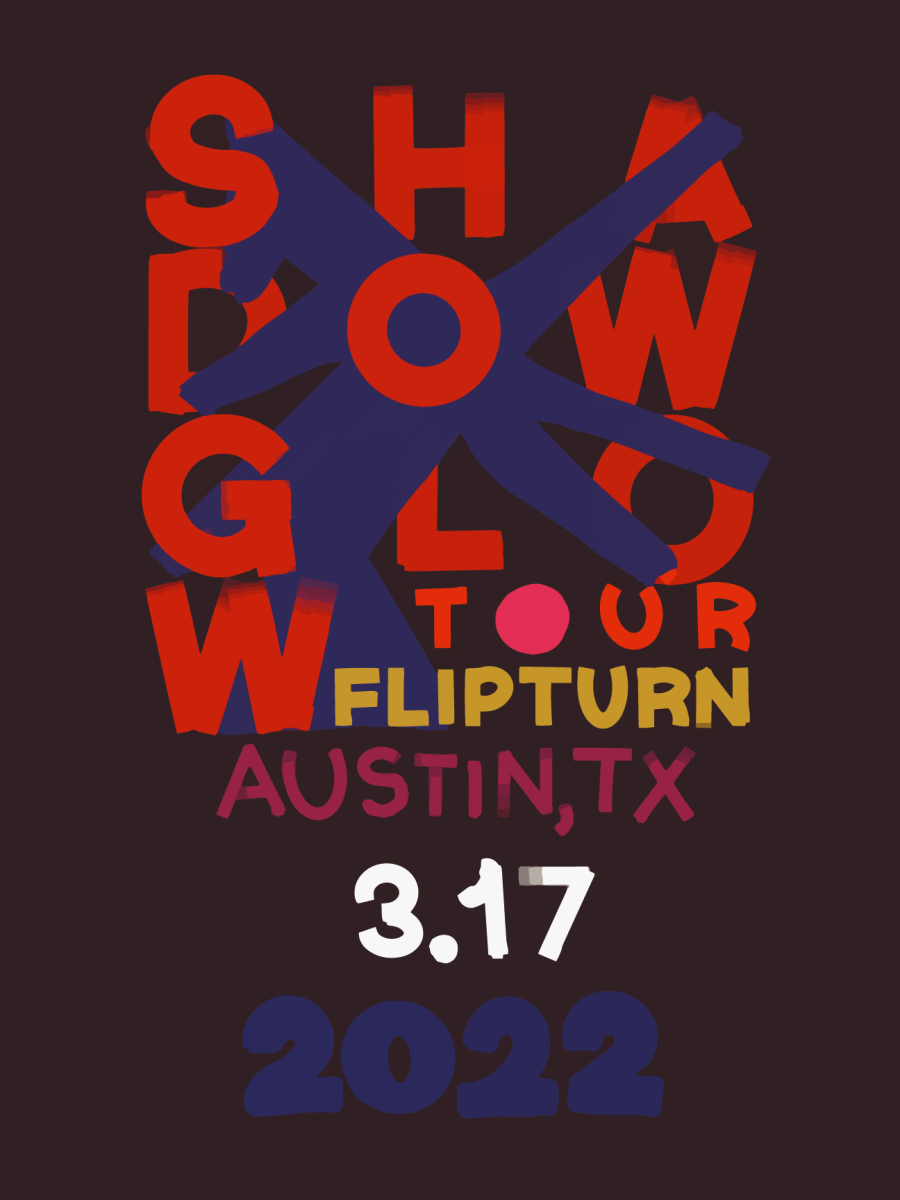Isopods
Amelia Coleman | Graphics Editor
Imagine a pillbug bigger than a football living deep under the ocean. This is the giant isopod. Its jointed limbs and exoskeleton, main characteristics of crustaceans but difficult to see in smaller varieties of isopods, are very prominent in this large freak of nature. While isopods can be mere millimeters long, giant isopods can grow up to 16 inches, making them the largest isopods in the world. Like the giant squid, giant isopods are so massive because of a phenomenon called abyssal gigantism (the tendency for animals at the bottom of the ocean to become really really big). The reason this happens is not known. It would be so crazy to have an offshoot of humanity living deep below the ocean surface, growing hundreds of times bigger than a person, but that’s just Tuesday for the average isopod. They don’t have to live with that fact because they don’t have brains, and they probably wouldn’t understand it if we told them their cousins were gigantic oddities of the deep. Giant isopods also have interesting diets. They are scavengers, often feasting on whale carcasses that float down to the sea floor. While giant isopods do eat, they don’t do it often and have been known to go years between meals. Sometimes giant isopods can be spotted coming together in large groups, devouring a whale carcass whole, but these are not social creatures. The life of the giant isopod is a solitary one, but hopefully, its life is not one of sadness. They are wild amazing creatures, and I love them so much.
Bad Movies
Megan Gerold | Entertainment Editor
From romantic comedies to blockbusters, there’s a fair share of bad movies whose terribleness has the ability to span not only genres, but time. I don’t have a specific interest in bad movies as a genre itself, but I can’t help it when my eyes are drawn to the films that have the ability to make me feel as if I could do better than the actors on my screen. I’ll sit transfixed for hours watching something rated 2 out of 5 stars simply because it made its way across my phone or streaming service. For many, a bad movie with terrible actors and bad writing gives them fuel for scathing criticism and a low score across the board, but whenever I’m able to watch a movie where the actors won’t win any Oscars, or when the script could have been written by a fifth grader I’m plunged back into my childhood of watching trailer after trailer before movie nights. Then when we finally finish watching the movie we painstakingly chose, we discover that it might’ve been the worst thing we’ve ever seen. There’s a difference between what’s good, and what your favorite is. For me, my favorite will always be the bad movie.
Urban Planning
Mars Leslie | Web Editor
I love it when I visit a new city and it instantly feels like home. Except, home doesn’t just mean Austin. It’s a word that represents feelings: those of coziness, enjoyment, and belonging. From the smallest details, like the greenery and the way the ambient city’s sounds echo across the buildings, to huge projects, like the construction of new areas, road layouts, and city-wide public services, urban planning completely determines the atmosphere of a city. Urban planning is so much more than looks. It’s a science of how people interact with the world around them but on a larger scale. The most interesting part about it is the road and transit network. It varies worldwide, and certain layouts and networks are suited to different places, like an intricate puzzle. Networks like roads and rails also follow terrain, with curvy turns, elevation changes in hilly areas, and grids or long stretches of straightness in the plains. I often find myself sketching cities from the top down, and designing the neighborhood streets and various districts with niches and region-conscious history. Including population changes, public services ranging from water to healthcare, parks, historical figures, zoning, and attractions immerse you in the creation aspect of planning and help provide a sense of how it works in real life. Each is an important part of every modern-day city. Where you call home wasn’t built in a day. It’s a combination of years of history and trial and error. That is what makes this topic so rich. Every city is, and will always be, a work in progress to make you feel more at home.
Floral Prints
Katie Busby | Entertainment Editor
As an enjoyer of fabric, clothes, and most things to do with fashion, I always find myself recognizing trends that come back around and show up again and again: silhouettes, colors, textures, and more. One thing that never stops being in fashion is floral patterns. Fabrics adorned with floral motifs have been worn for decades and are always evolving to be in season and on trend, never leaving the public eye. From the bold stylized flowers of the 1920s and 1960s, to the more delicate feminine prints of the 1910s and 1930s, and to the distorted blurry flowers of the 2010s (though I am personally not a fan of those), floral patterns play an important role in textile history. In addition to printing, florals have been incorporated in many other ways such as embroidery, applique, beading, and even in larger more modern designs like Loewe’s spring summer collection 2023, featuring their hyper-realistic sculpted anthurium flowers as big as a torso. Florals have a long held synonymy with spring, growth, and beauty that gravitate people. From your grandmother’s heavy tapestry fabric floral couch to the ribbon rose adorning cami tops, florals in clothing are forever.

